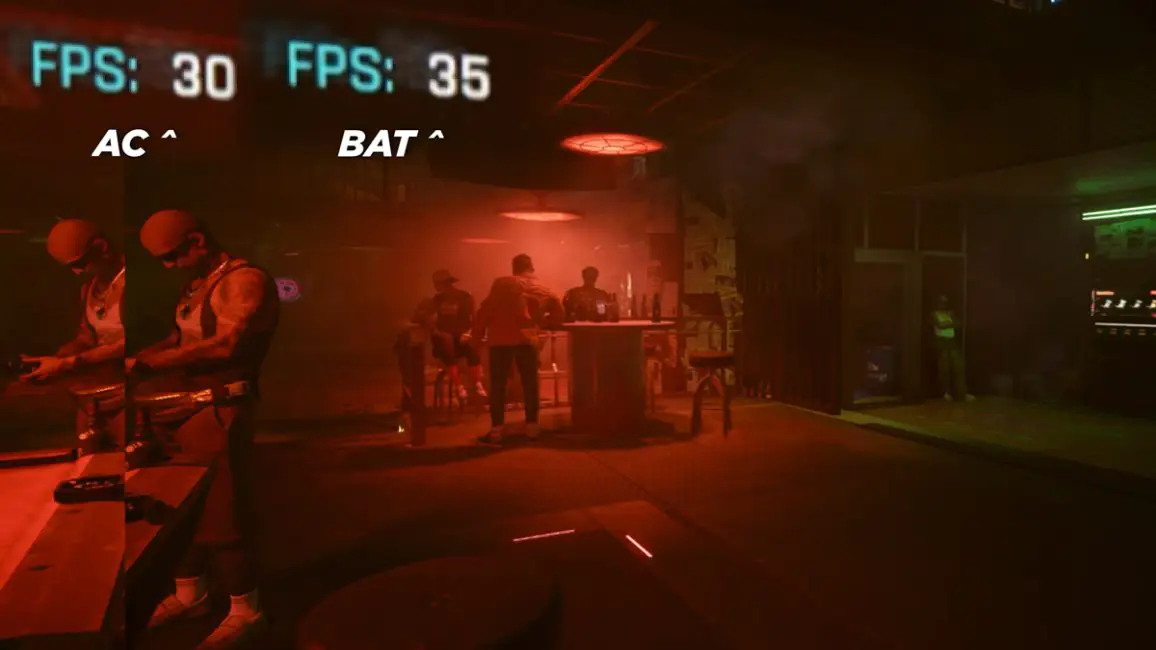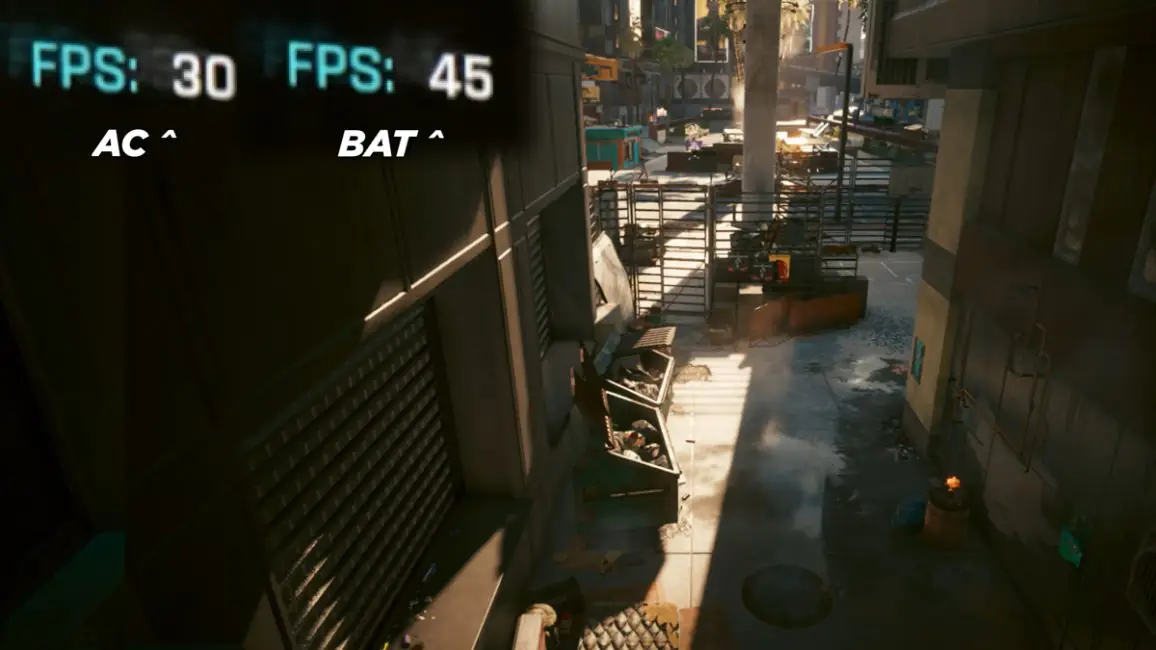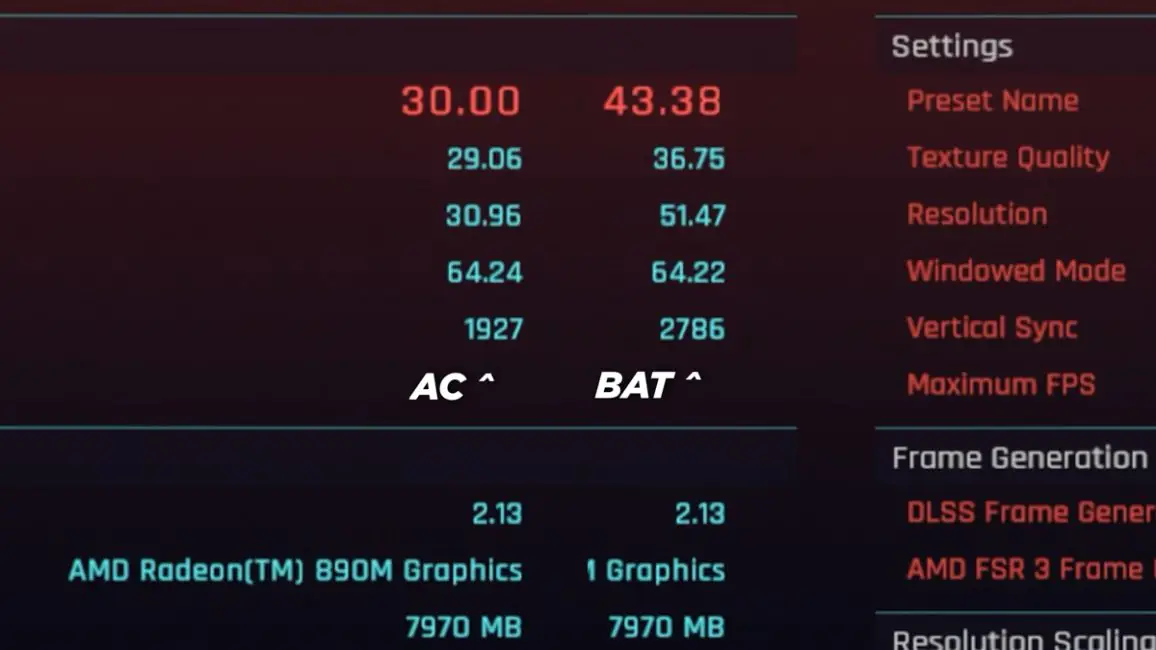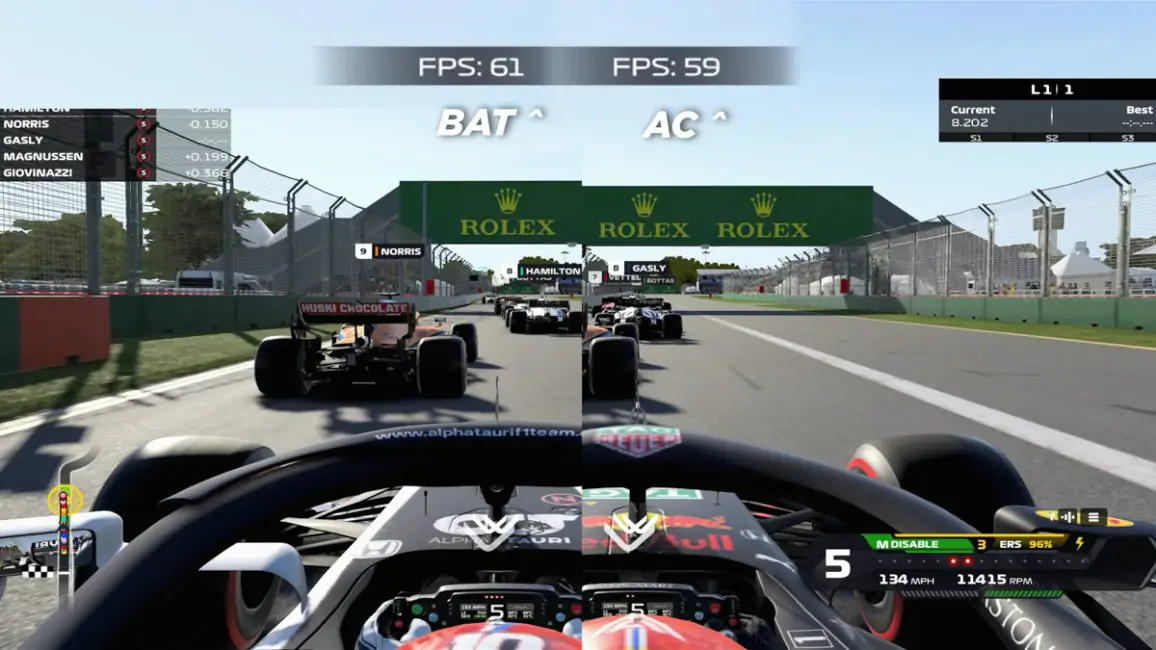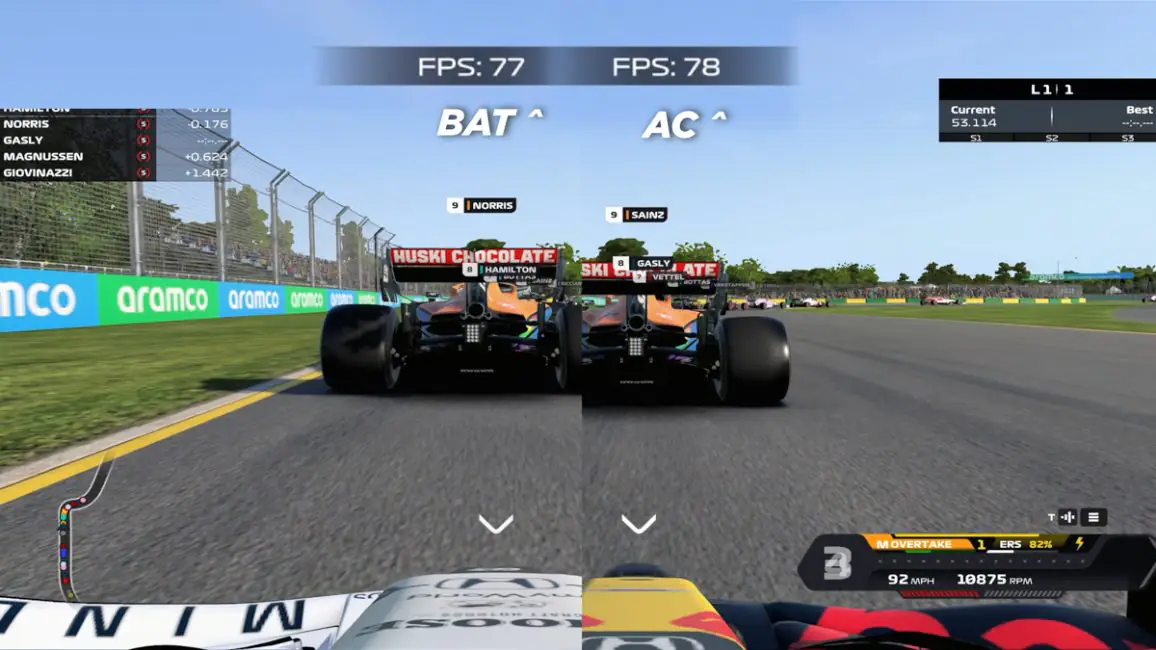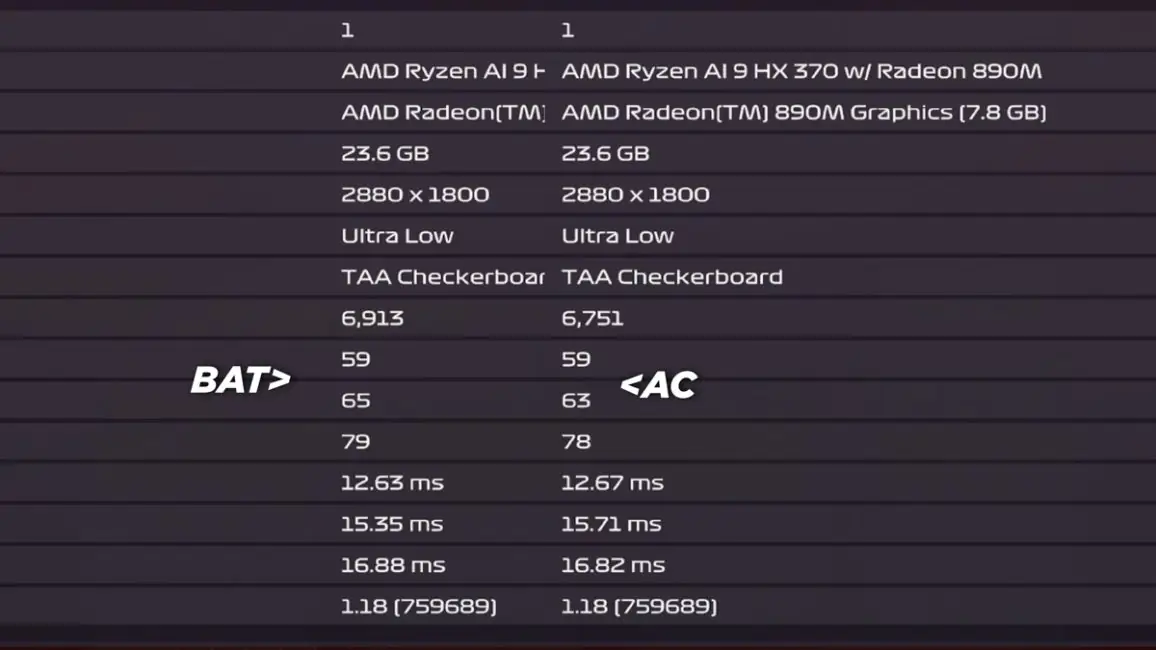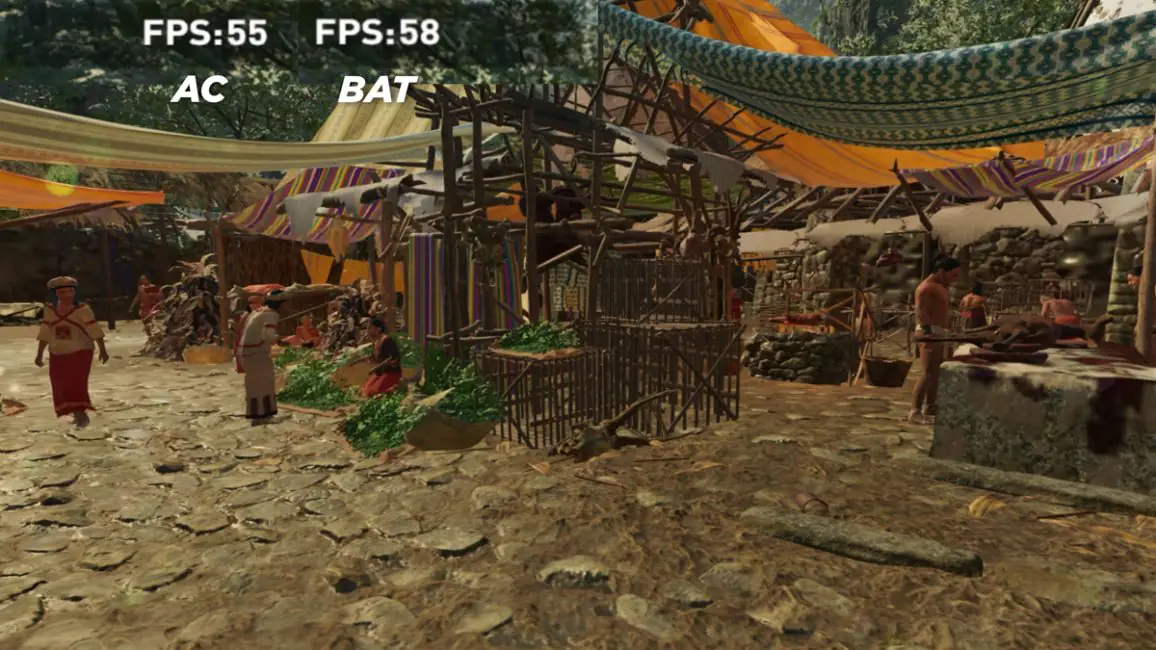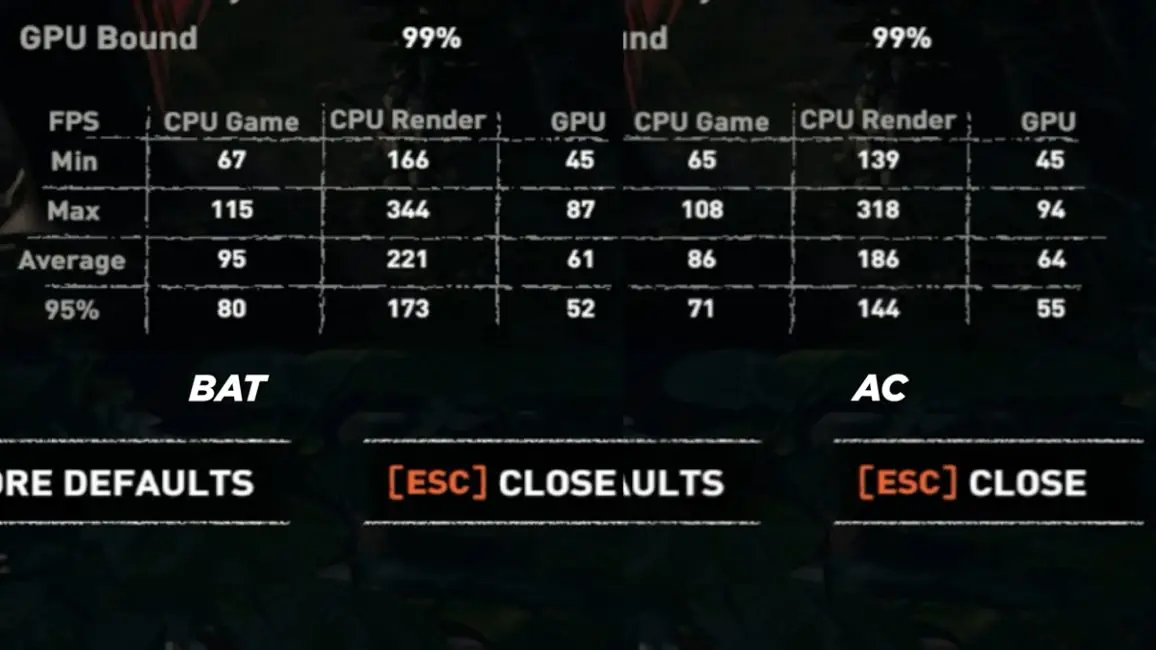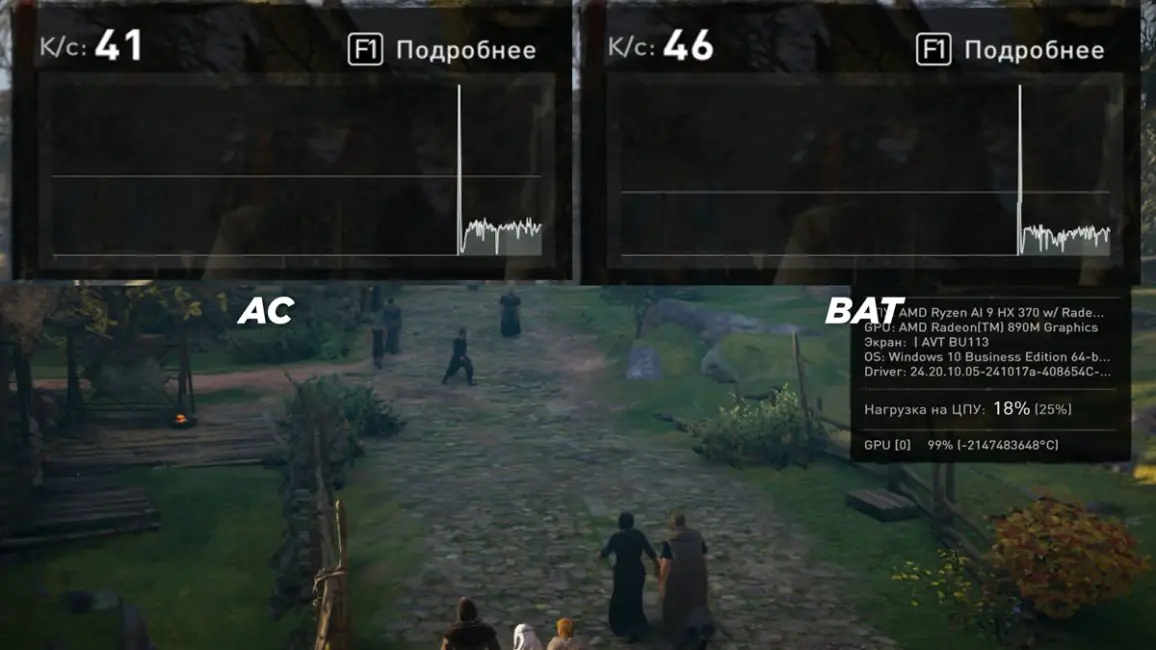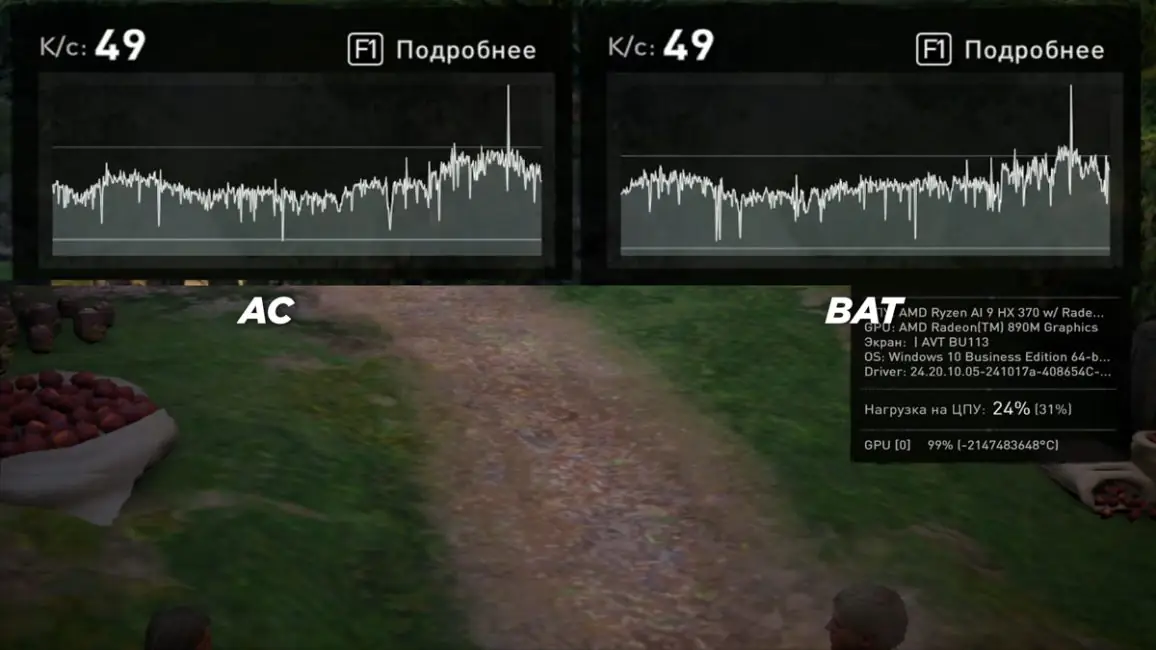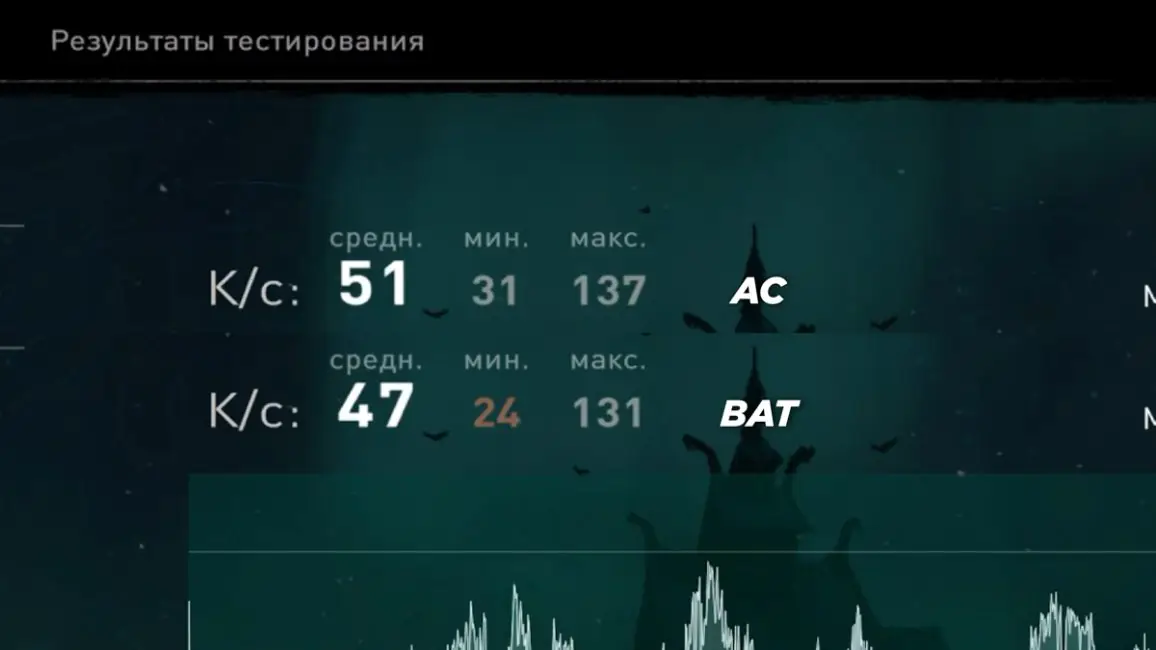© ROOT-NATION.com - Use of content is permitted with a backlink.
Since I had the opportunity to test several laptops over the past month with integrated GPUs offering performance equal to or better than a GTX 1060—specifically the ASUS Zenbook S 14 and ASUS Zenbook S 16 UM5606—I started seriously considering replacing my current device. However, I’ve encountered a dilemma. I’m genuinely at a crossroads, split exactly 50/50.
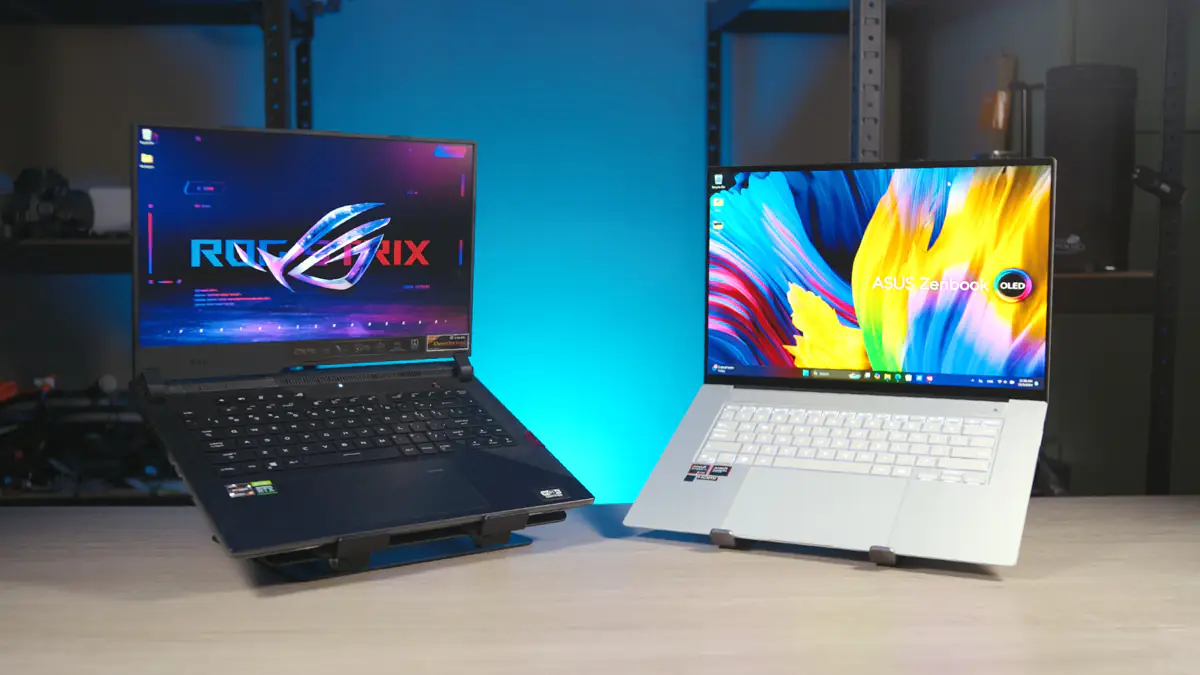
Should I stick with my old, somewhat poorly optimized but powerful and reliable ASUS ROG Scar 15 G533QS, or take a chance on the sleek, modern, fast, and highly optimized—though less versatile—ASUS Zenbook S 16?
Video: ASUS Zenbook S 16 vs. ASUS ROG Scar 15

Frequently asked questions
This is not an uncommon dilemma: should you go for something older and more powerful, or opt for something newer and more optimized? Along the way, I’ll share a lot of valuable insights that might change your perspective—possibly for the worse—regarding older gaming laptops, while improving your view of modern ultrabooks. Or the reverse. This is precisely why I find myself at a crossroads, unable to decide, and feeling rather conflicted about it.
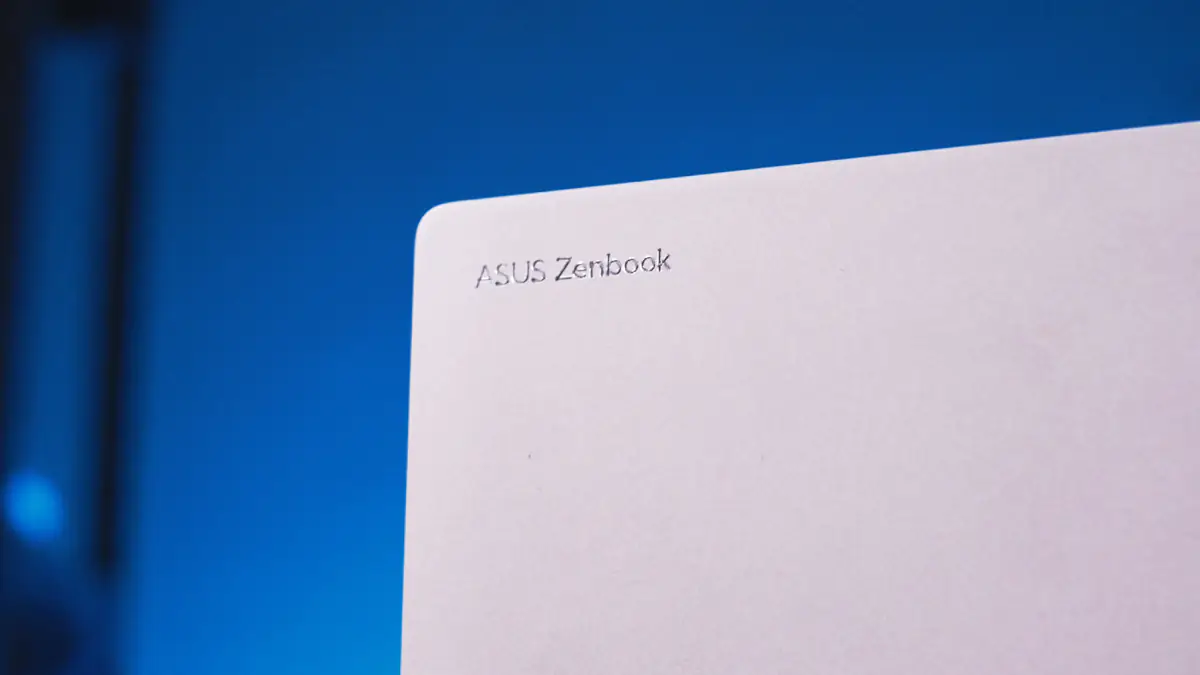
I’m also disappointed that I don’t have the time to review several impressive products from Goodram that I picked up specifically for my gaming laptop to make it even more powerful, versatile, and capable. These include 64GB of DDR4 SDRAM (already installed in the system), the IRDM Pro Nano 1TB, and the HL200 512GB external SSD, which I’ve been using with my camera for the past two months.
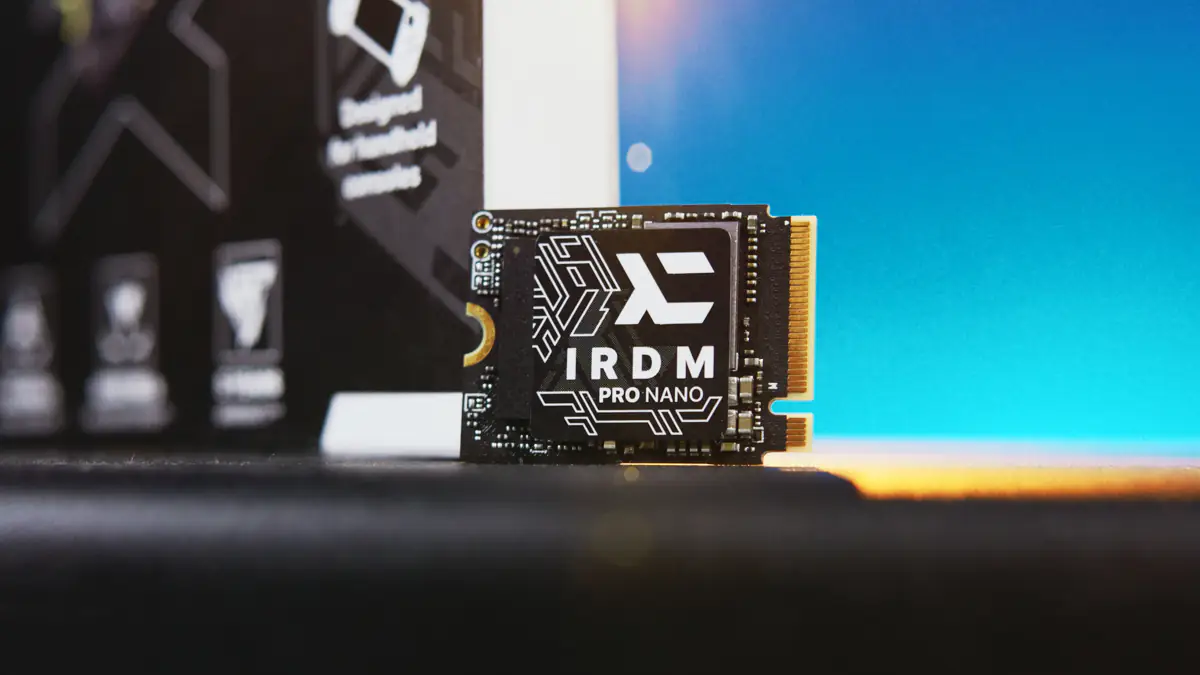
These components have brought the old gaming laptop and the new ultrabook so close in performance that it’s starting to frustrate me. That’s precisely why I decided to put together this piece.
Briefly about ASUS ROG Scar 15 G533QS
Let’s start with the Scar. What tasks do I actually expect a laptop to handle? After all, I purchased the ASUS ROG Scar 15 G533QS with a very specific set of needs in mind.
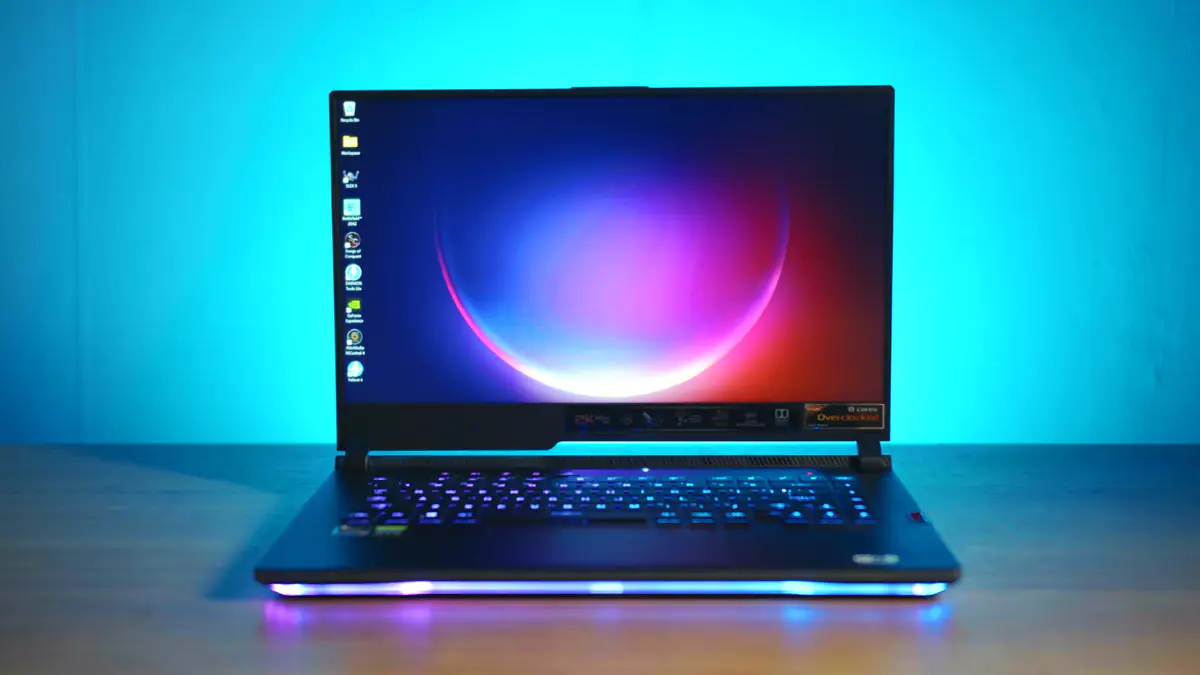
I needed a laptop that could simultaneously meet several requirements: 16GB of VRAM for editing BRAW footage from a Blackmagic Pocket Cinema Camera 4K, an energy-efficient AMD Ryzen processor, user-upgradable RAM and SSD slots, a 16-inch display, and the ability to charge via USB Type-C. It also had to be an ASUS laptop, primarily because of the convenience offered by GHelper.
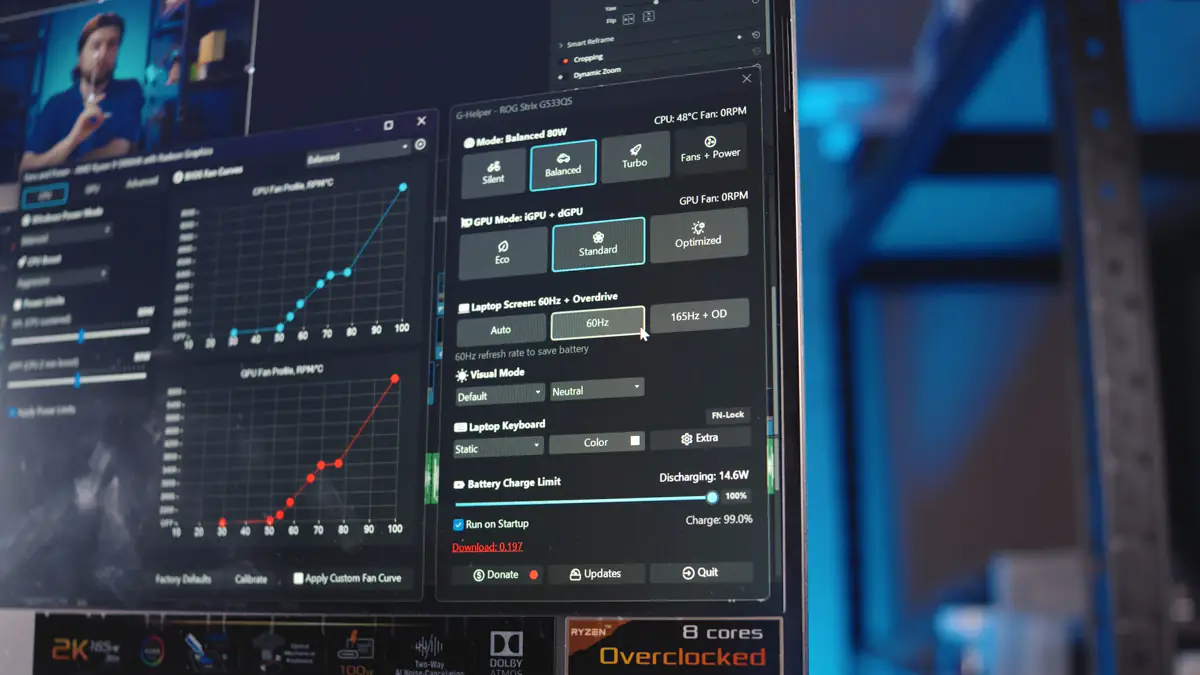
At the time, the ROG Scar 15 G533QS was the only option that fit my budget and requirements. It was practically perfect for my needs—until I upgraded my camera. Now, I’m using a Panasonic Lumix S5 II X, which produces video files that no longer demand 16GB of VRAM, as BRAW editing did, but instead require support for modern codecs.
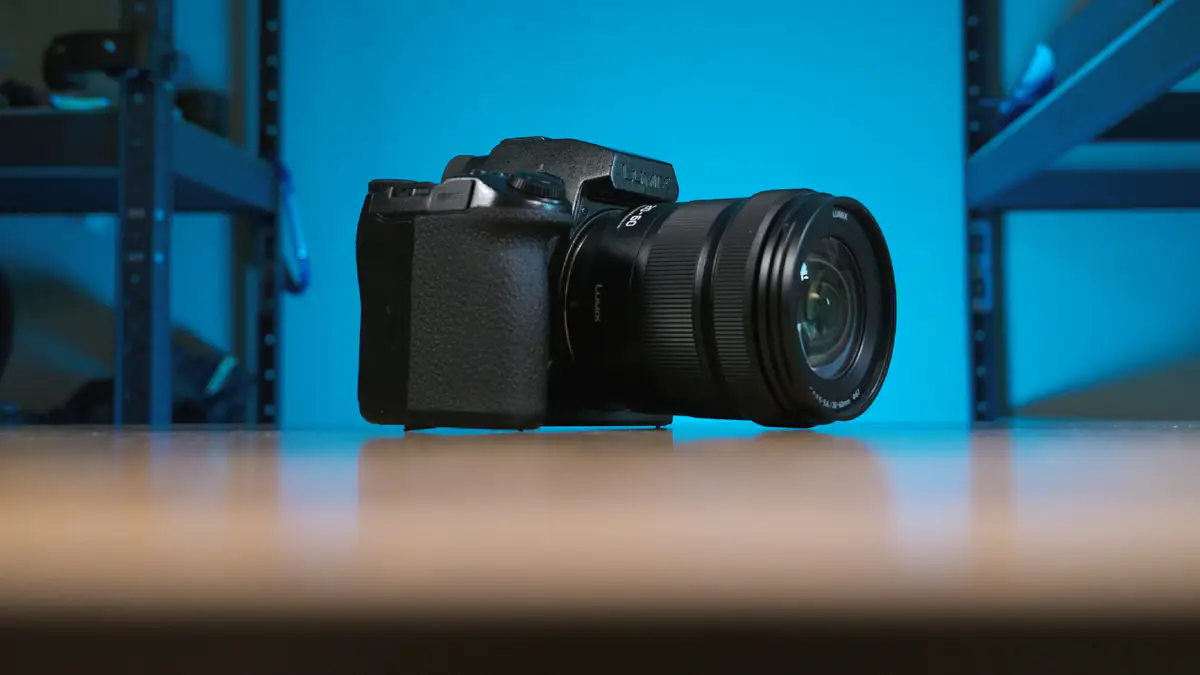
What’s particularly frustrating is that all the components in the Scar 15—both the processor’s integrated GPU and the dedicated GPU—missed just one generation to support these codecs. The Ryzen 6000 series and RTX 4000 series support them, but the Ryzen 5000 and RTX 3000 series do not.
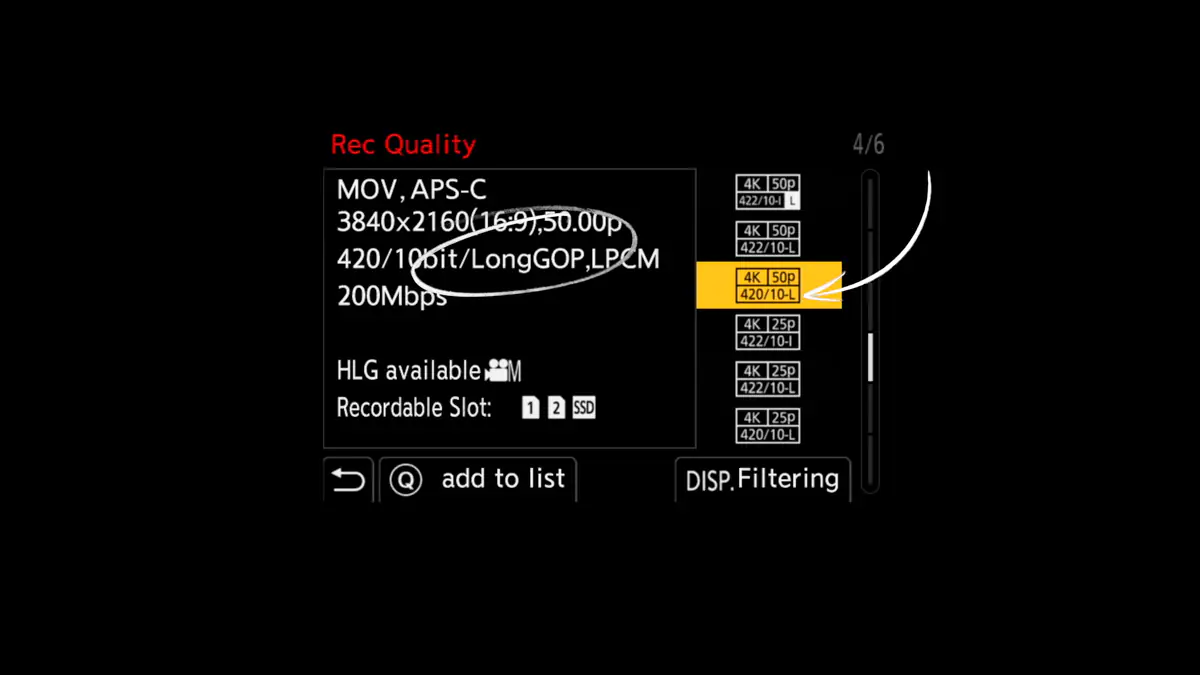
Next, the laptop can charge via USB, but it can’t run for long on battery alone. Under load, the port tends to overheat, which makes sense since the device can’t limit the power consumption of the CPU and GPU to stay within the 65W limit. The battery performance with the RTX 3080 isn’t great, and the integrated GPU in the processor is too weak. So, if the power goes out, my efficiency will drop—not everywhere, but it will be reduced.
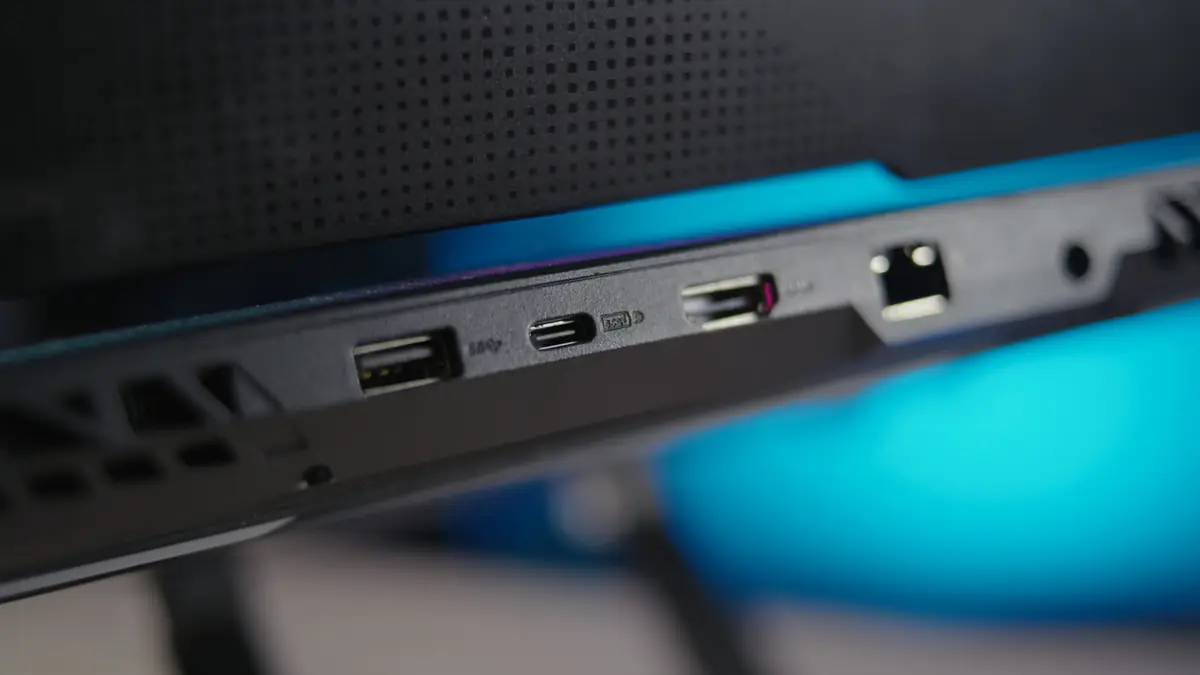
ASUS Zenbook S 16 UM5606
Then, I received the ASUS Zenbook S 16 UM5606 for review. It’s made of ceramillium, which makes it not only reliable but also pleasant, sturdy, and thin. It has a 120Hz OLED display, which is better than the one in the SCAR. The screen is 16 inches as well, but it’s a 3K 16:10 panel, calibrated for professional color correction.
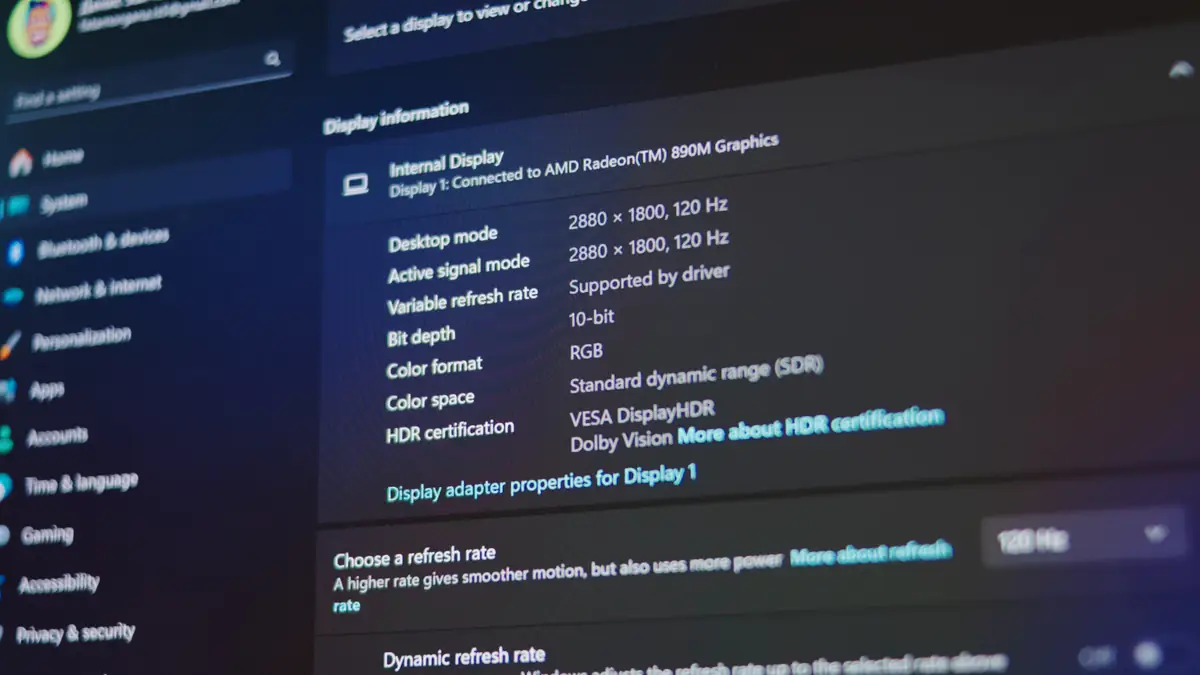
The peripherals are also better here. It may seem like there are fewer of them, and there’s nothing at the back, while the SCAR 15 has a very convenient partial arrangement of ports along the rear edge. But! What I need is Bluetooth 5.4—for editing with virtually no lag when using a headset.
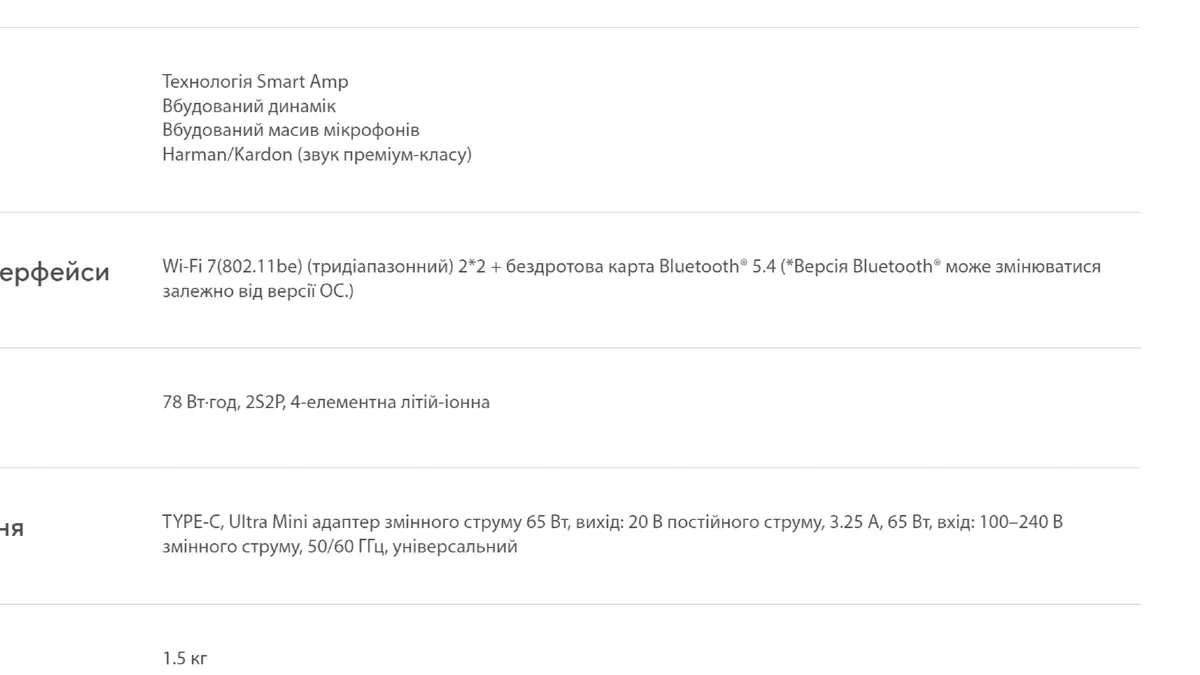
The Scar also has an outdated Wi-Fi card port. It’s not the Wi-Fi card itself, but the port, which doesn’t support newer Wi-Fi cards. As a result, one USB-A port is occupied by a Bluetooth 5.4 adapter, which I’m constantly worried about bumping and potentially damaging the slot. The second USB is used for a card reader, the third for a capture card or an SSD from the camera, which I alternate with SD cards. The fourth USB is taken up by a hub for the keyboard and mouse. So, I don’t even have any free ports left.
Read also: BLUETTI AC200L vs OUKITEL P2001 Plus: comparison of portable power stations
The S 16 has two USB4 ports. Both can handle charging up to 65W, both are 40Gbps, and they are 99% compatible with Thunderbolt 4.
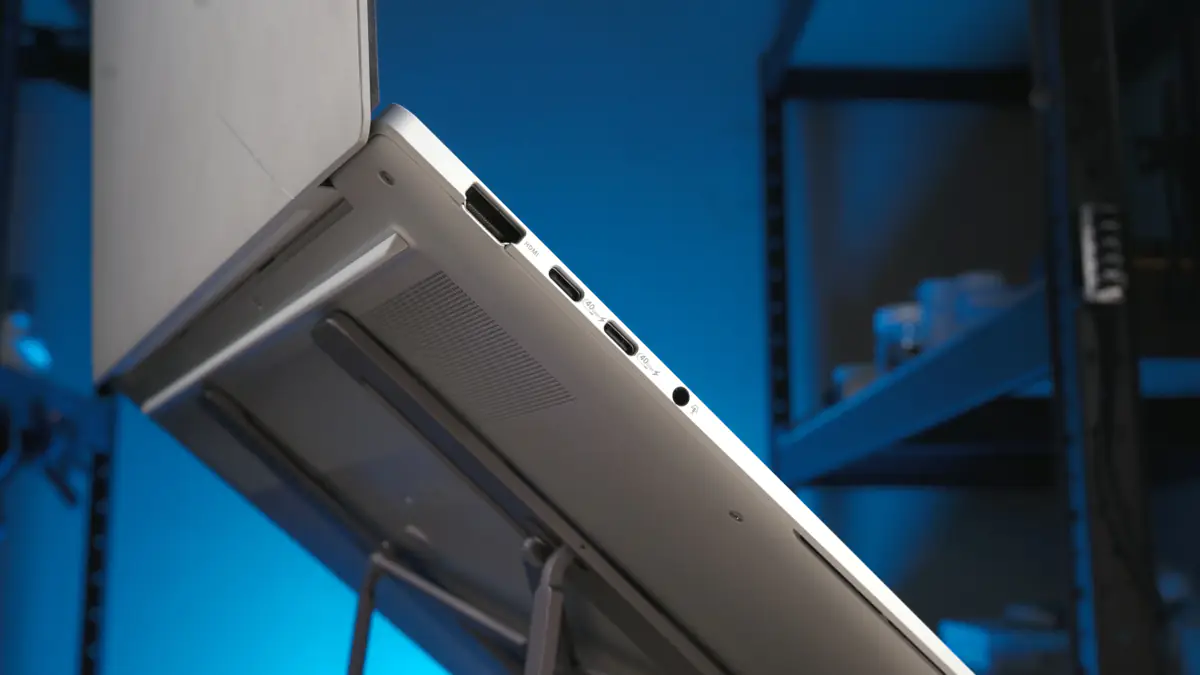
The S 16 also comes with a Wi-Fi module that includes Bluetooth 5.4. Additionally, the S 16 has a card reader on the side, which is faster than my USB-based one.
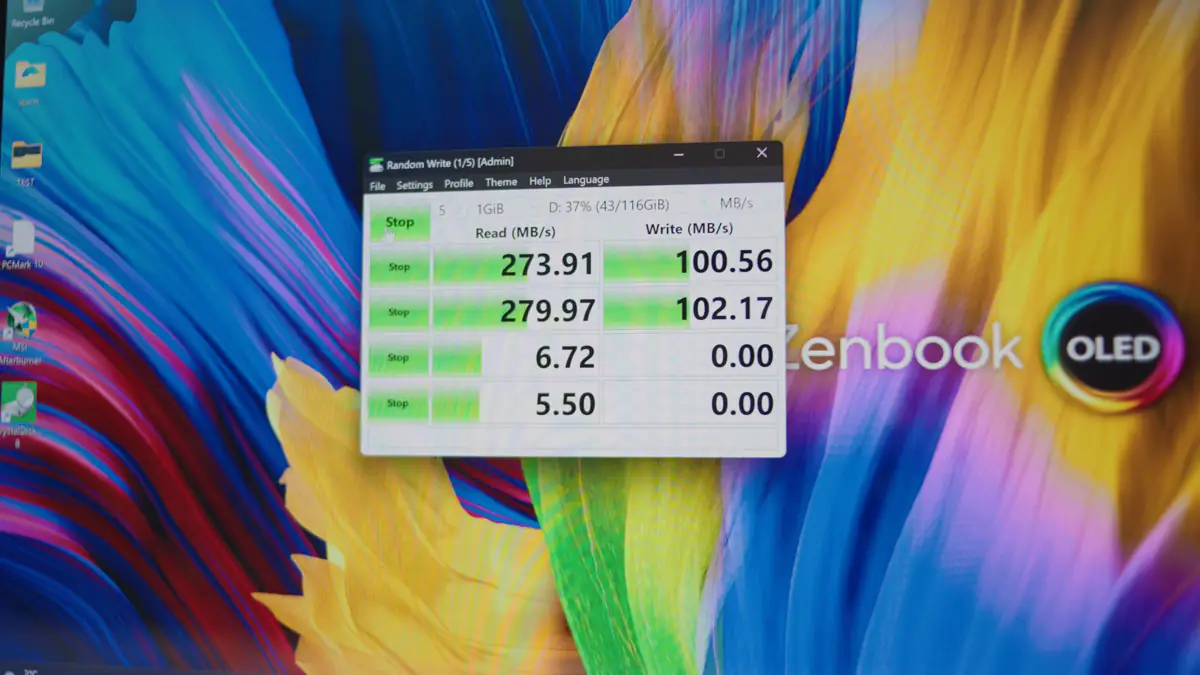
The S 16 also has a 10Gbps USB-A port nearby. Yes, the SCAR has an RJ-45 port, but I don’t need it. My ASUS AXE-7800 router provides speeds of around 600Mbps even on Wi-Fi 6, which is more than enough for my needs.
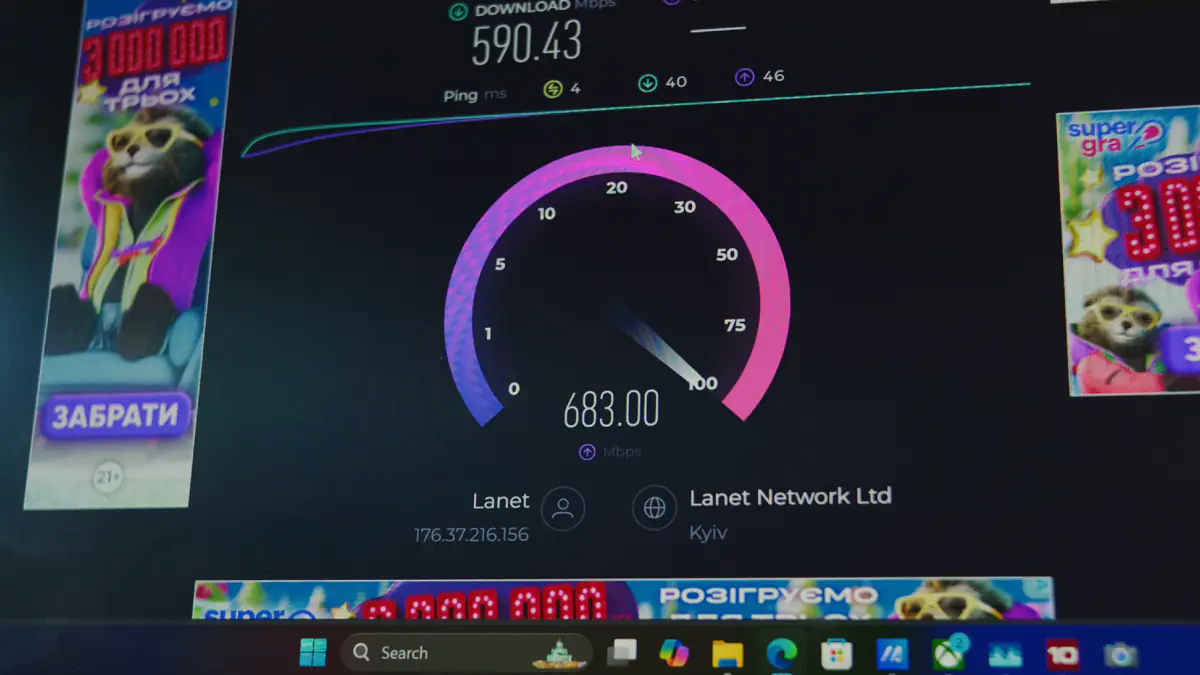
Yes, the ports are at the back on the S 16. But the S 16 has two essentially Thunderbolt 4 ports. Do you know what that means? External GPUs. For $240, I can find a docking station and an RTX 3060 separately, and this docking station will function as both a hub and a charging station. That means I’ll have an entirely free USB4 port and be much more mobile. To take the ROG SCAR 15 to a shelter, I need to disconnect 5 or 6 cables. With the S 16, I’ll only need to disconnect one.
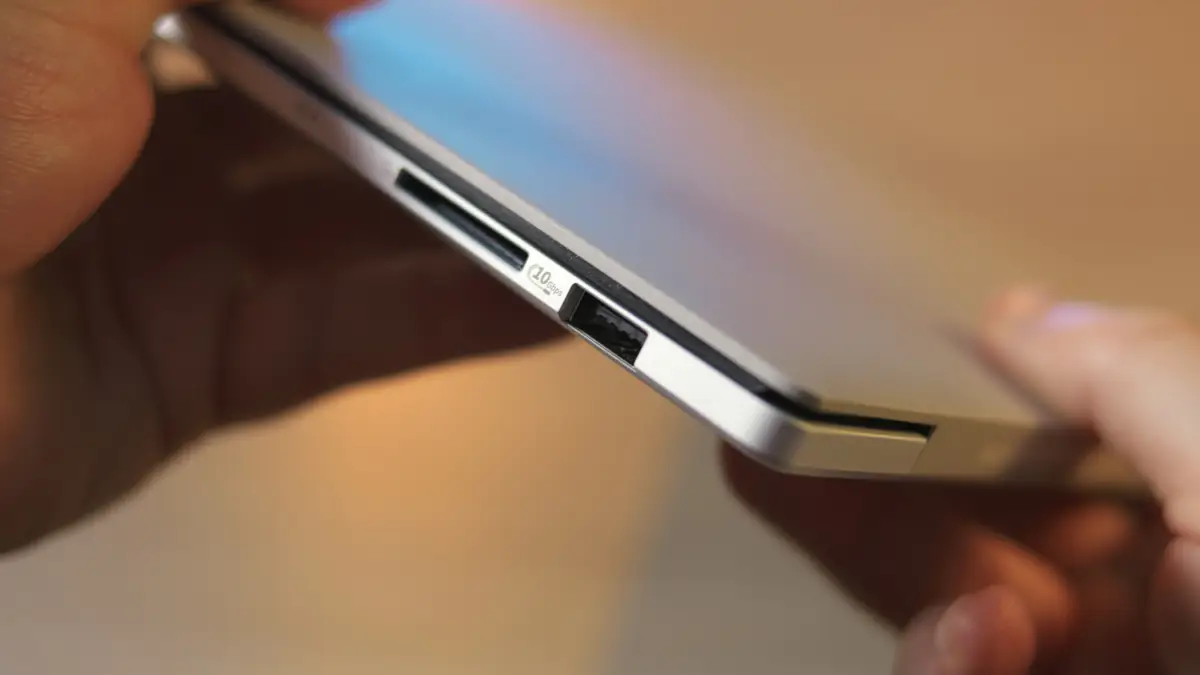
In terms of noise, the Zenbook S 16 is the absolute champion. I played Cyberpunk 2077 on the base power settings with stable 30+ FPS, and the laptop was quieter than a MacBook with an M1 Pro. Meanwhile, the ROG Scar 15—sorry to say—turns on its fans even while typing. The fans are quite loud, and when they kick in, they can be distracting during video shoots or when recording tests, such as testing the keyboard on other laptops. Testing results are in the video review above.
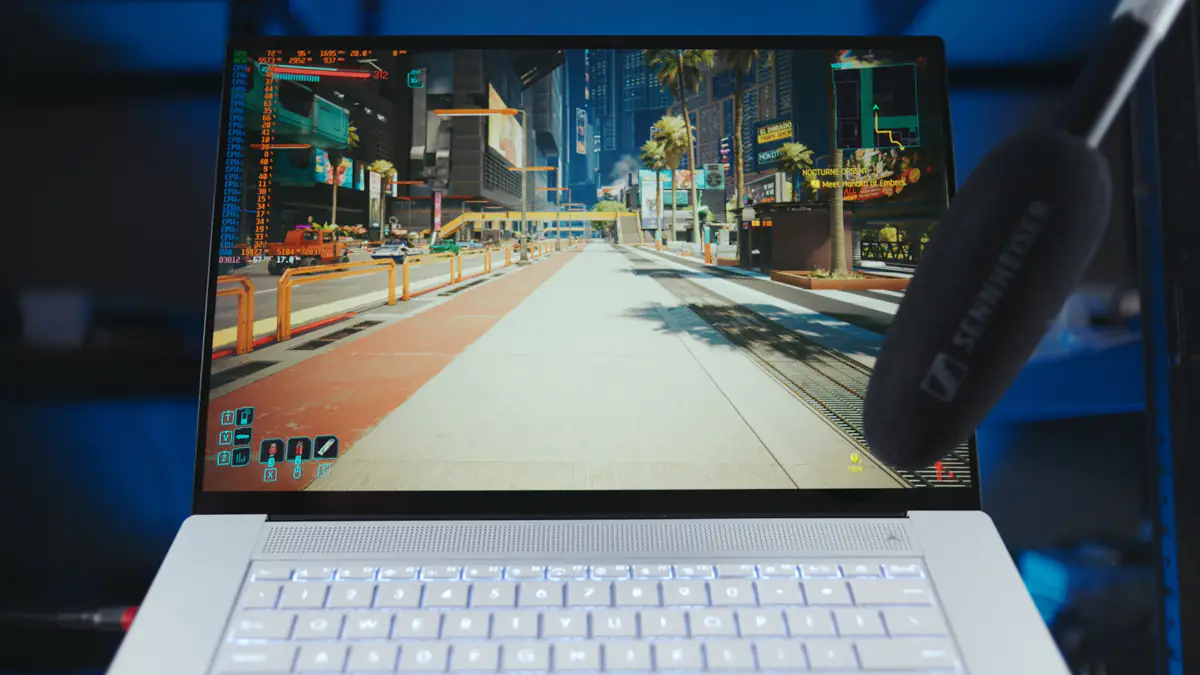
And… in terms of overall energy efficiency, the new model takes the lead. With my Scar 15, after several days of tedious adjustments in G-Helper—turning off the keyboard backlight, setting the screen brightness to the minimum, and disabling the discrete GPU—I managed to get 8 hours of battery life… while typing and watching YouTube videos. Which is incredibly impressive for a gaming laptop, so I hope you understand me correctly.
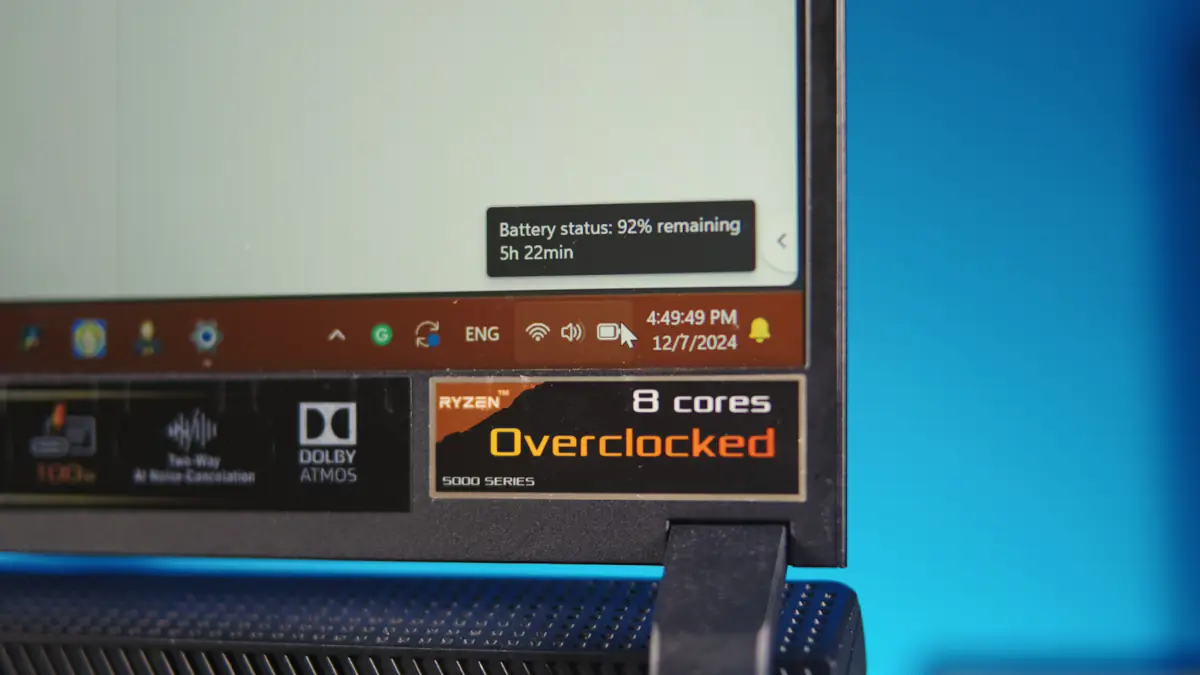
However, the Zenbook S 16 nearly doubles that result with the base power settings. I didn’t tinker with G-Helper, although it is supported. I took the S 16 out of the box, installed PCMark, and got 14 hours of battery life while watching videos and using office apps. In terms of performance on battery, both the Scar 16 and S 16 are almost identical.
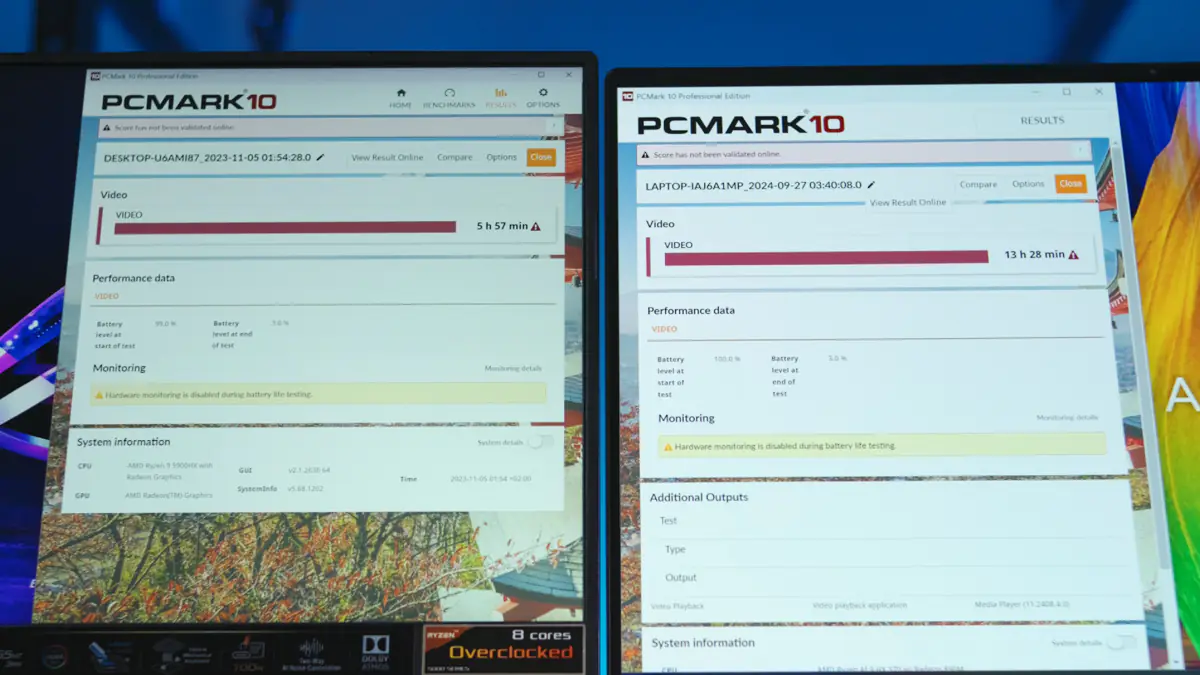
It also has an AI-powered webcam, meaning I can finally start streaming and recording quick videos.
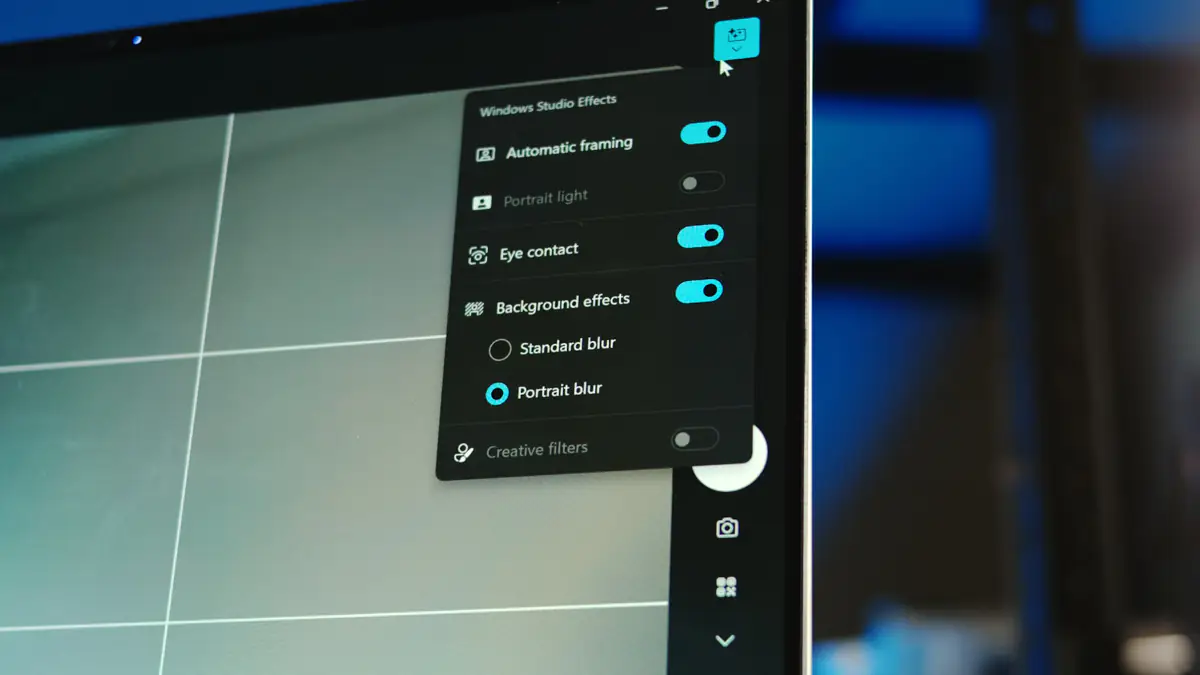
The sound here is significantly better. The trackpad is fantastic, making it easy to edit videos. Essentially, this is a MacBook Pro running Windows, not a MacBook Air. Typing tests are in the video above.
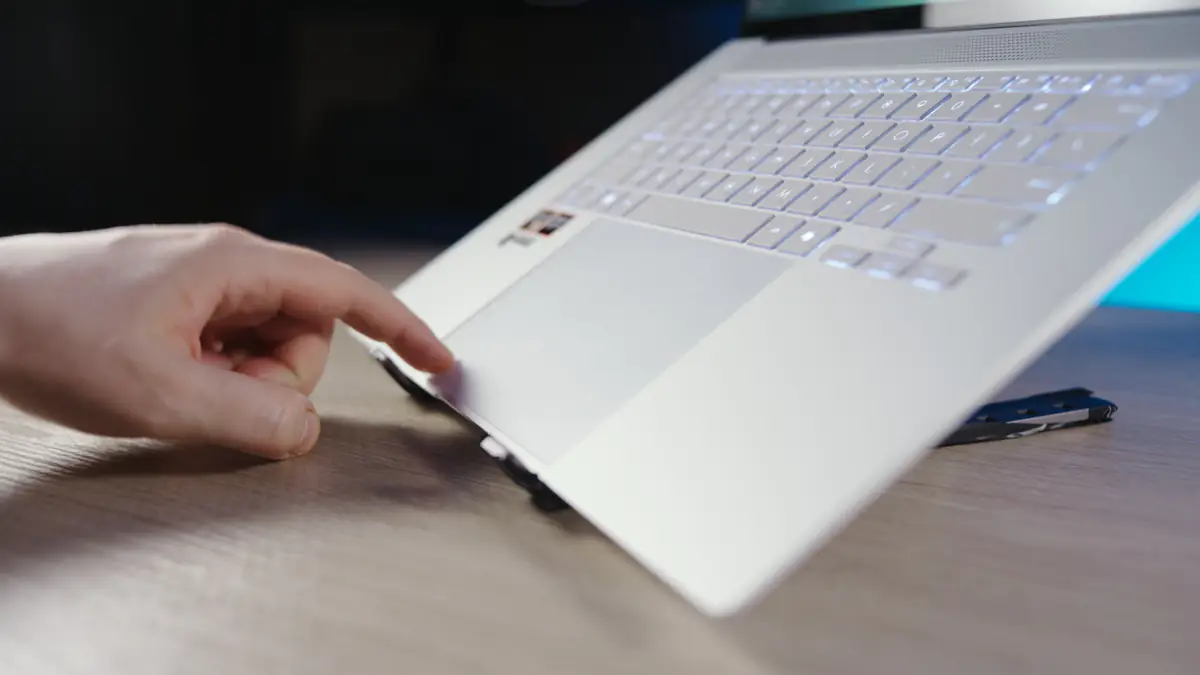
For blackouts and mobile work, as you can imagine, the performance loss even in games for the AMD Radeon 890M Graphics integrated GPU is around 10%. Additionally, when using an external graphics card, the processor will perform better because the GPU load will be offloaded, and the cooling system, which is designed to handle two hot components, will only need to cool one, improving its efficiency.
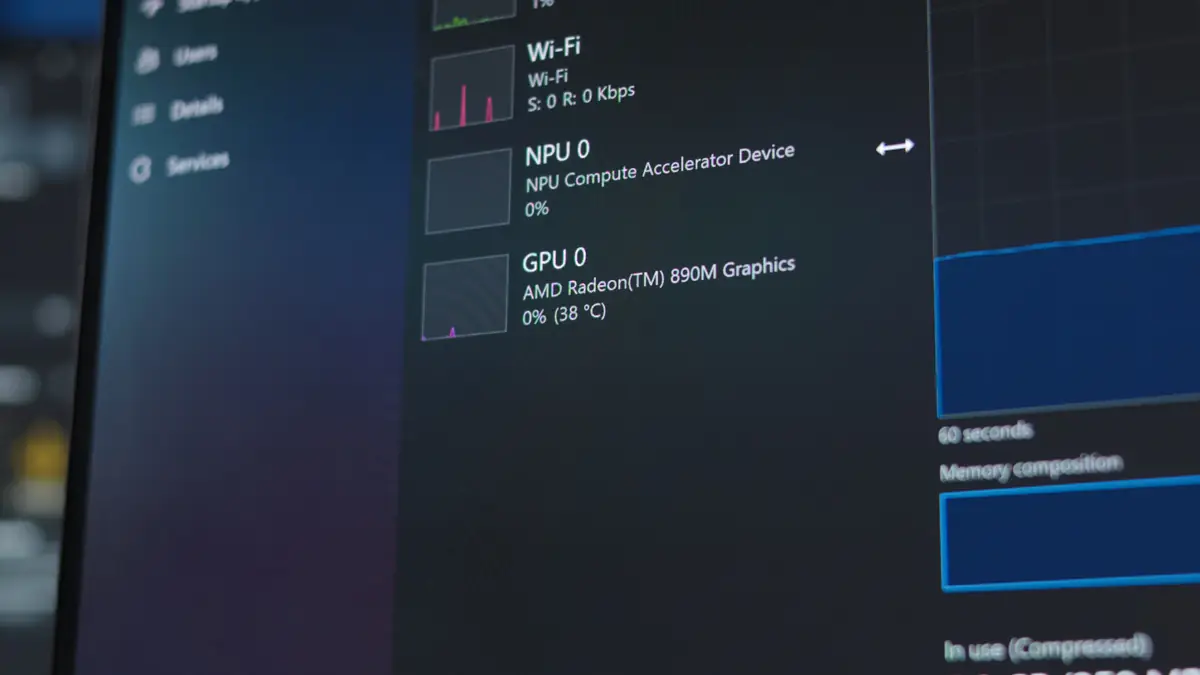
The processor will more frequently be able to reach boost frequencies above 5 GHz. On my device, it doesn’t always go beyond 4 GHz. I also won’t be doing a separate video on the Radeon 890M or benchmarks. The performance of this GPU is comparable to the Intel Arc 140V, roughly on the same level. So, it’s essentially on par with a desktop GTX 1060. On one hand, this is a problem, as it won’t run STALKER 2 smoothly. On the other hand, a GTX 1060 is more than enough for video editing in DaVinci. It even works well on battery power.
ADDITIONAL TESTS – in the video at the beginning of the article
However, there are two nuances here. The first is that the AMD Radeon 890M, while on par with the Intel Arc 140V in terms of performance, isn’t limited by the processor. As a result, even Battlefield 2042 was almost playable at minimum settings. The second is that, for reasons I don’t fully understand, when connected to power, the FPS in games was 5-10% lower than when running on battery. This should be the other way around. By the way, the tests were conducted at a resolution of 1920×1200 with minimum settings.
Problems with memory
So, what’s holding me back? The 32GB of soldered RAM and only one SSD slot. The SSD isn’t really an issue – I can just install a 4TB Goodram drive and use external storage directly from the camera. But the RAM is a huge problem… especially if you’re your own one-man orchestra.
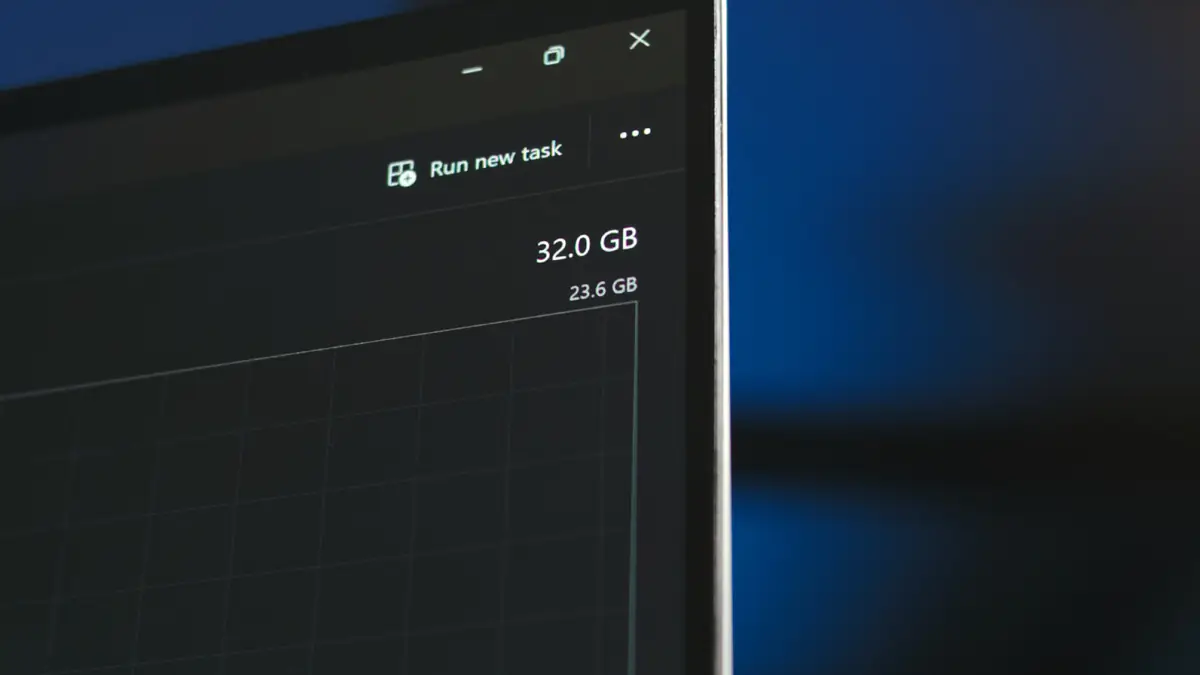
The thing is, I spent almost a year sourcing 64GB of RAM for my laptop, specifically from Goodram. Why 64GB? Because I need to keep DaVinci, Photoshop, Lightroom, 50 Chrome tabs, and a lot more running in the background. If programs aren’t open, having to open and close them takes too long and gets tedious. For someone with ADHD, that’s a productivity killer. Once I have to wait more than 2-3 seconds, I get distracted.
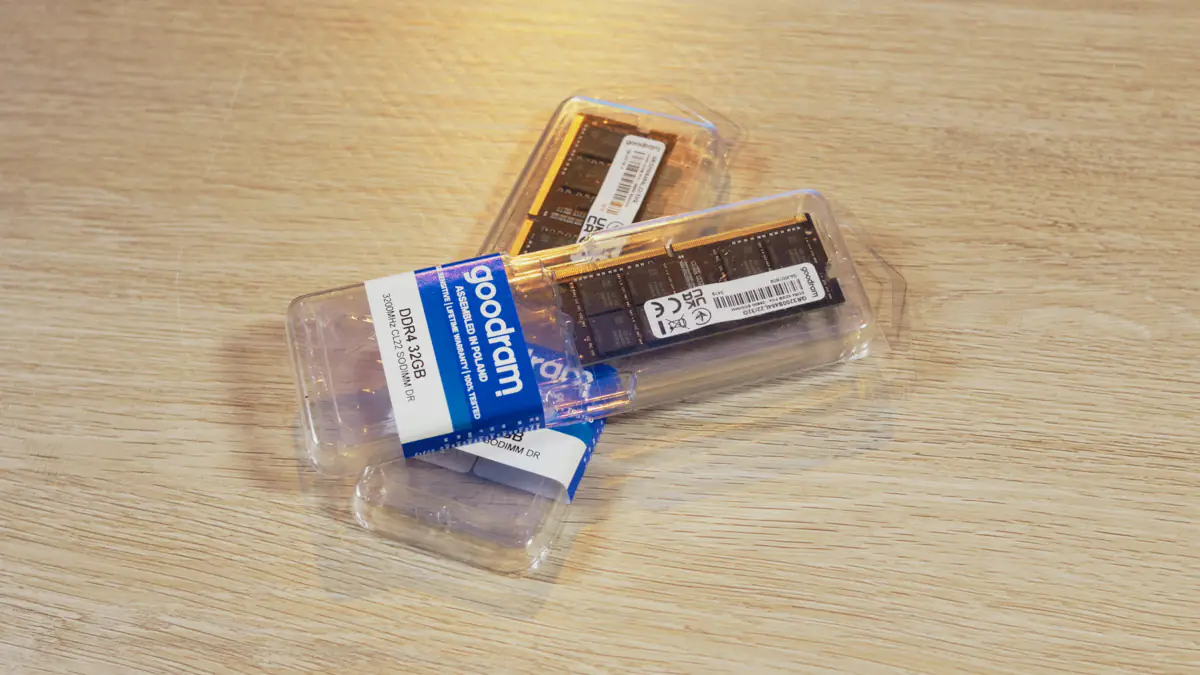
Also, the fact that DaVinci consumes a lot of RAM is an issue. When editing with the GPU, it will also pull video memory from the system RAM, meaning in the worst-case scenario, I won’t even have 32GB – I’ll have only 24GB. This could theoretically be resolved by limiting DaVinci’s RAM usage to 12 or 16GB, but there are other factors to consider as well.
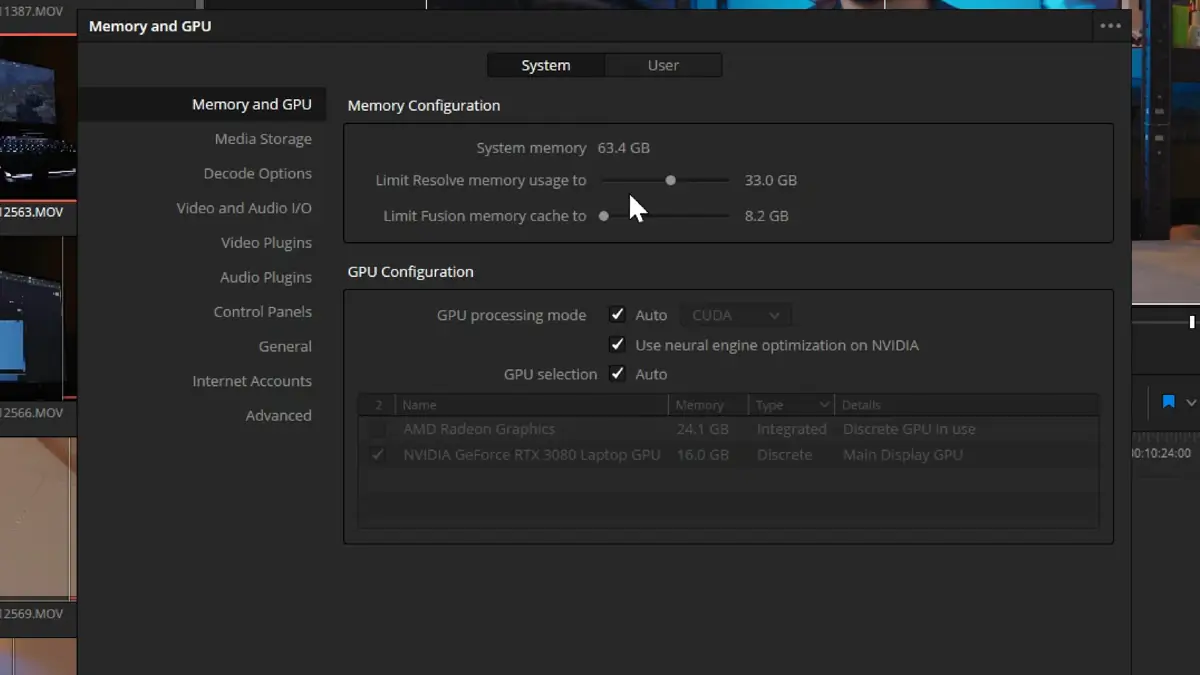
When the RAM gets almost fully used, the swap file kicks in, which slows down system performance. You can adapt to that, but… right now, I’m essentially alt-tabbing between tasks, as they say, playing S.T.A.L.K.E.R. 2. If I open Photoshop, Lightroom, DaVinci Resolve, Telegram, several Chrome tabs, and S.T.A.L.K.E.R. 2 all at once, it will take up at least 34GB of RAM. The video memory won’t be much of a factor, just about 9GB. Changing the camera format has improved things significantly, though not always.
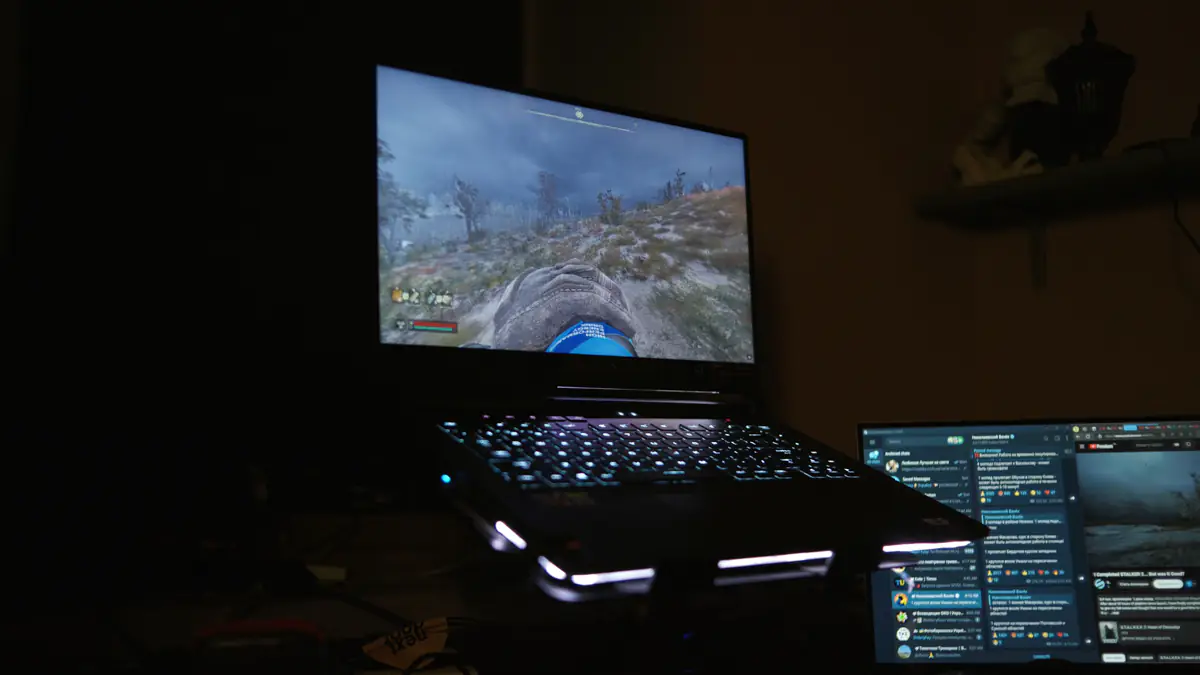
The problem is also that the S 16 is not much faster than my gaming laptop. Programs open at roughly the same speed, and benchmarks show similar performance, despite the S 16 having the 12-core, 24-thread AMD Ryzen AI 9 HX 370. And that’s fine – the focus of this new model is on artificial intelligence and energy efficiency, which is at an all-time high. My old Ryzen 9 5900HX doesn’t have that capability.
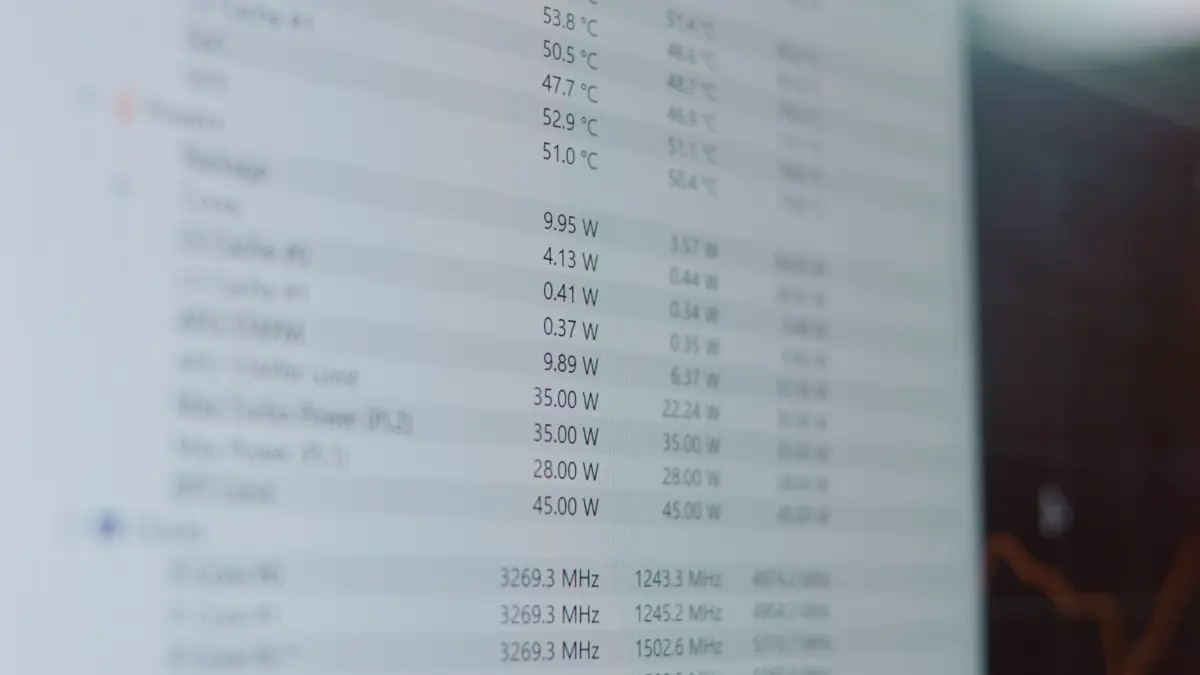
Understand me correctly – the performance of my processor is enough for me. If I could get the same performance with energy efficiency for 16 hours of battery life, I wouldn’t turn it down. But the fact remains – opening programs still takes longer than keeping them in memory. That’s how I work when I have 64GB of RAM, not 32GB.
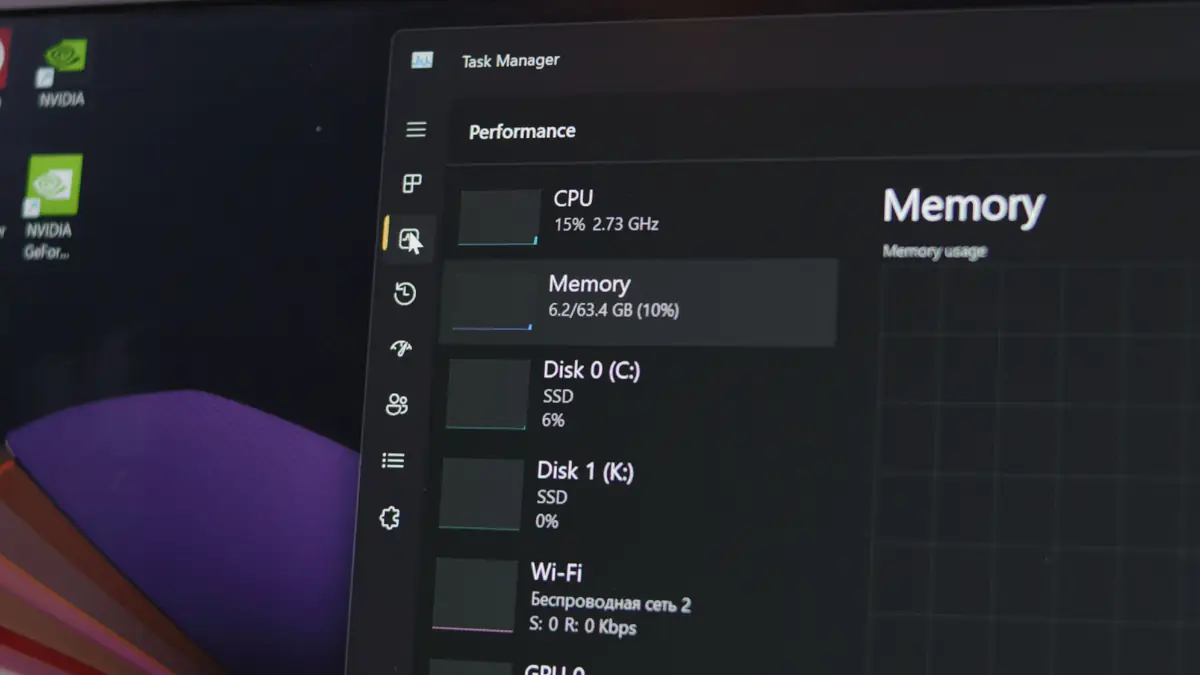
Conclusions
In conclusion, a recommendation: If you’re choosing your next laptop and deciding between a modern, sleek, and energy-efficient ultrabook and a powerful, yet outdated gaming laptop, take the time to analyze the real reason behind your purchase.
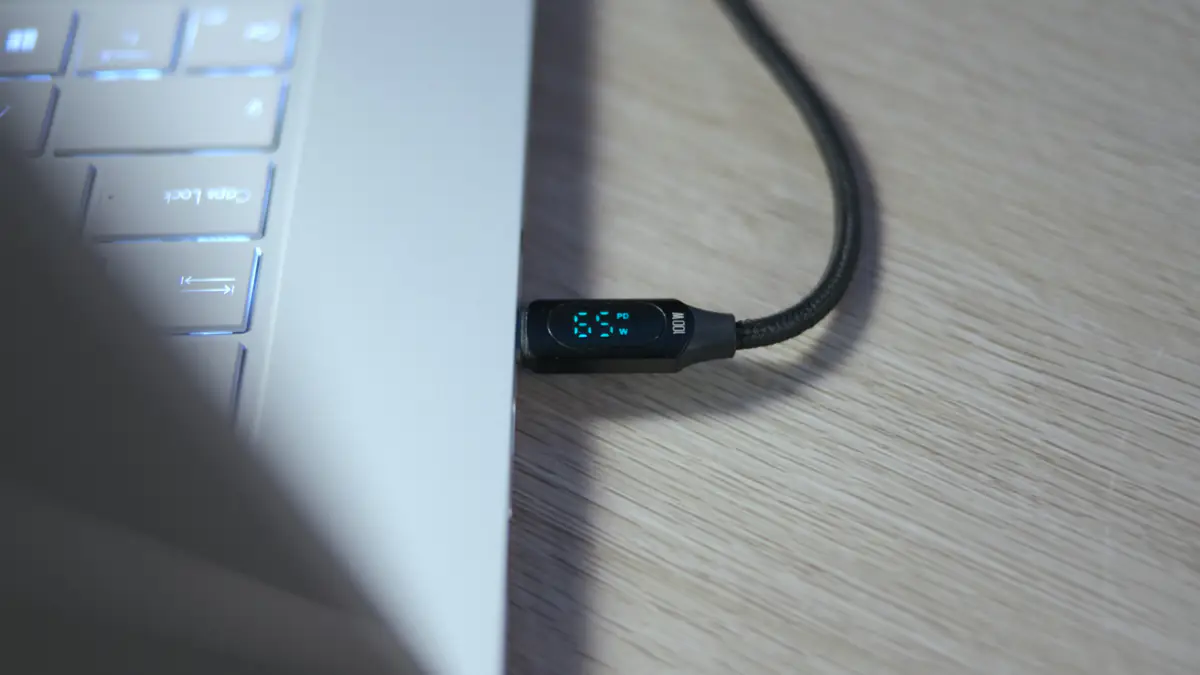
Open all the programs you regularly use at once, check how much RAM is occupied, how much video memory is being used, and what SSD capacity you need. Consider whether you’ll need to buy a USB4 hub, plus a discrete GPU with an external power supply. Think about whether you need DLSS or if FSR will suffice. Answer these questions for yourself, and it will make the decision process much easier.

As for me, yes, RAM has determined my choice. For now, I’m sticking with the ASUS ROG Scar 15 G533QS. FOR NOW. The ASUS ZenBook S 16 UM5606, however, made me think about an external GPU and analyze RAM usage in my daily life (again, thanks to Goodram). The point is, I’m already starting to save up for an upgrade to the ASUS ZenBook S 16 with the AMD Strix Halo and 64GB of RAM.
But let us know in the comments what you would choose. Do you value the exceptional performance of discrete graphics cards, or are codecs and energy efficiency more important?


